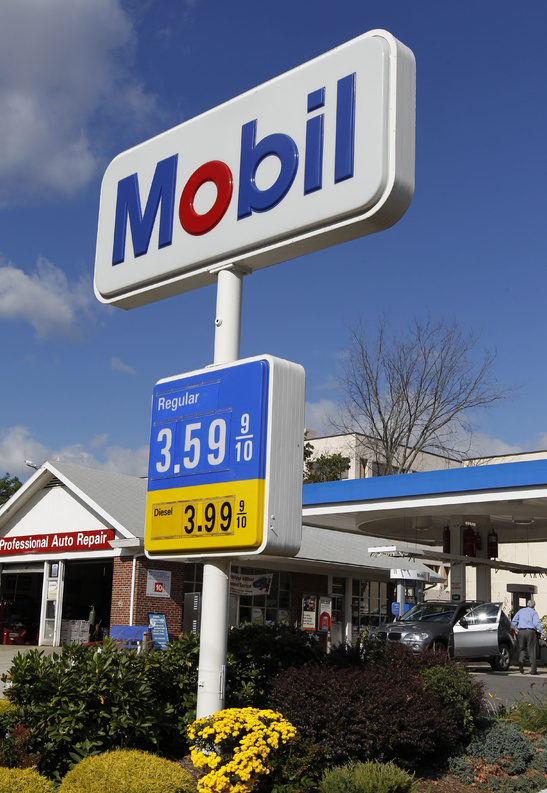Higher oil prices have masked a slowdown in production among the biggest oil companies.
Exxon Mobil, Royal Dutch Shell and BP reported a surge in quarterly profits this week even though they’re producing less oil from fields around the world, including a combined 7 percent decline in the third quarter that just ended. Each company has devoted billions of dollars to finding new petroleum deposits, but it could be years, even decades, before those investments translate to more oil and natural gas.
Experts say smaller companies will need to step up to satisfy growing world demand. China, India and other developing nations are expected to push the global appetite for oil to a record 90 million barrels per day next year, enough to outstrip supplies.
Three years ago, a severe drop in oil supplies helped push oil prices to above $147 per barrel, saddling airlines and shipping companies with high fuel costs. Gasoline prices soared above a national average $4 per gallon.
“We’re not at the point where oil prices are going to go bananas” and spike like they did in 2008, said Ken Medlock, an energy expert at Rice University. “But if we saw production declines like this for five or six years, then it’s time to worry.”
Big Oil’s third-quarter financial results highlight a growing problem within the industry. New petroleum sources are increasingly tough – and expensive – to find. The best new deposits are found more than a mile under the ocean, or in vast layers of sticky Canadian sand, or in the frigid Arctic.
A decade ago, tapping a new well used to cost about $10 to $20 for every barrel of oil produced. Now it’s estimated at about $50 or $60 for wells in the Gulf of Mexico and $70 or $80 in the Canadian oil sands.
To boost production, oil companies must find new sources of oil to make up for production losses at aging fields. Exxon’s fields, for example, are declining by 5 to 7 percent each year, Oppenheimer & Co. analyst Fadel Gheit said.
“They need to add 200,000 to 300,000 barrels a day of production just to break even,” Gheit said. “That’s huge.”
Exxon hasn’t been able to keep up this year.
Its oil production fell 7 percent in the July-September quarter. Some of the declines resulted from deals that limit the amount of oil Exxon can sell as prices rise on international markets. Excluding those limits, however, production was still flat.
From January to September, the company produced an average of 2.33 million barrels per day – the smallest daily amount since at least 2005.
Other oil majors aren’t faring much better. BP said oil production dropped 10.6 percent in the quarter to 2.08 million barrels per day. Shell said oil production fell almost 2 percent in the quarter to 1.68 million barrels per day.
Overall, analysts think oil producers can still increase supplies in coming years, but it may not be enough to keep up with demand.
Morgan Stanley analyst Hussein Allidina expects supplies to rise by about 1-2 percent every year until 2016. But even if that happens, demand will grow 1.5 percent every year over the same period.
Send questions/comments to the editors.



Success. Please wait for the page to reload. If the page does not reload within 5 seconds, please refresh the page.
Enter your email and password to access comments.
Hi, to comment on stories you must . This profile is in addition to your subscription and website login.
Already have a commenting profile? .
Invalid username/password.
Please check your email to confirm and complete your registration.
Only subscribers are eligible to post comments. Please subscribe or login first for digital access. Here’s why.
Use the form below to reset your password. When you've submitted your account email, we will send an email with a reset code.